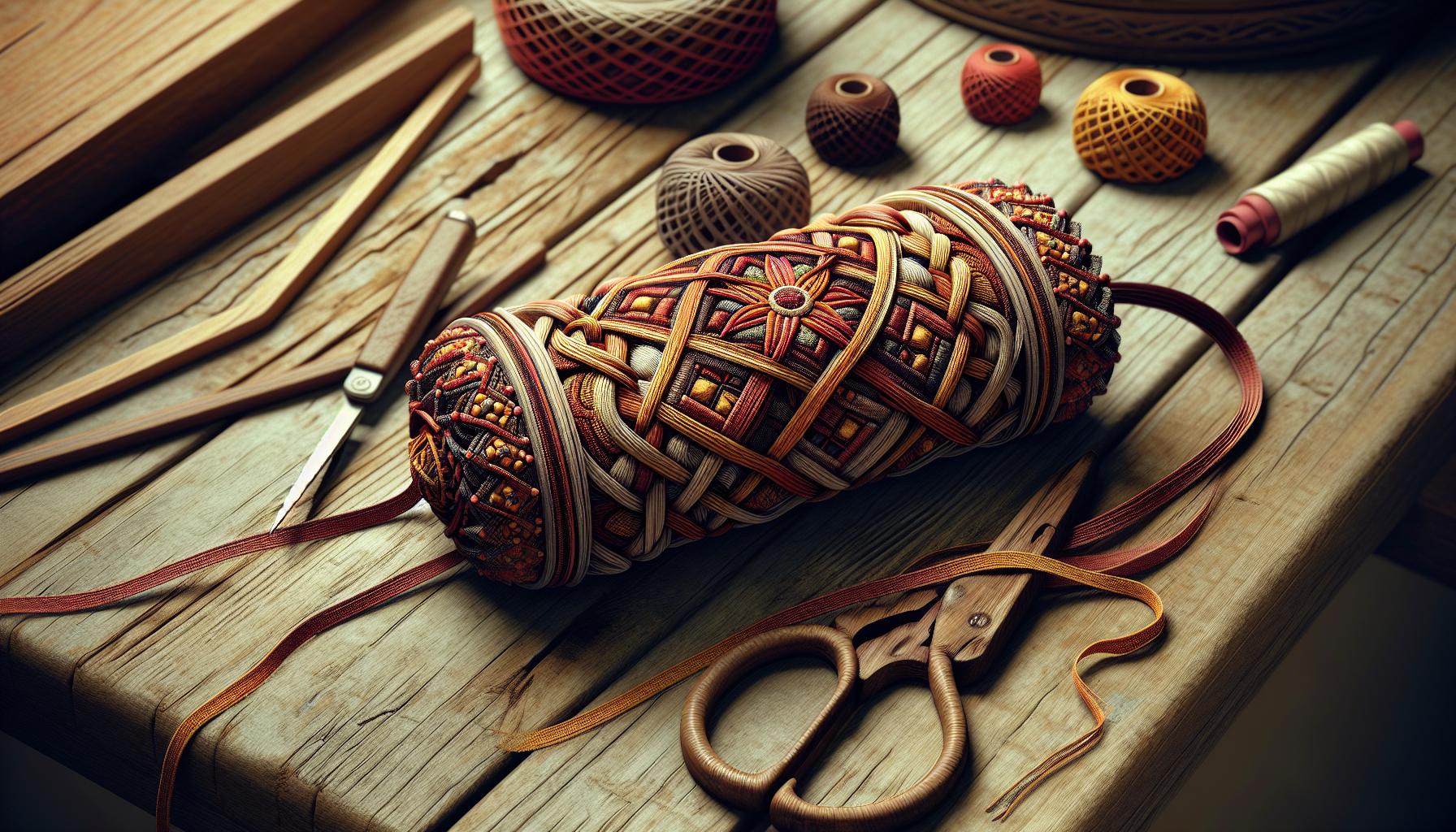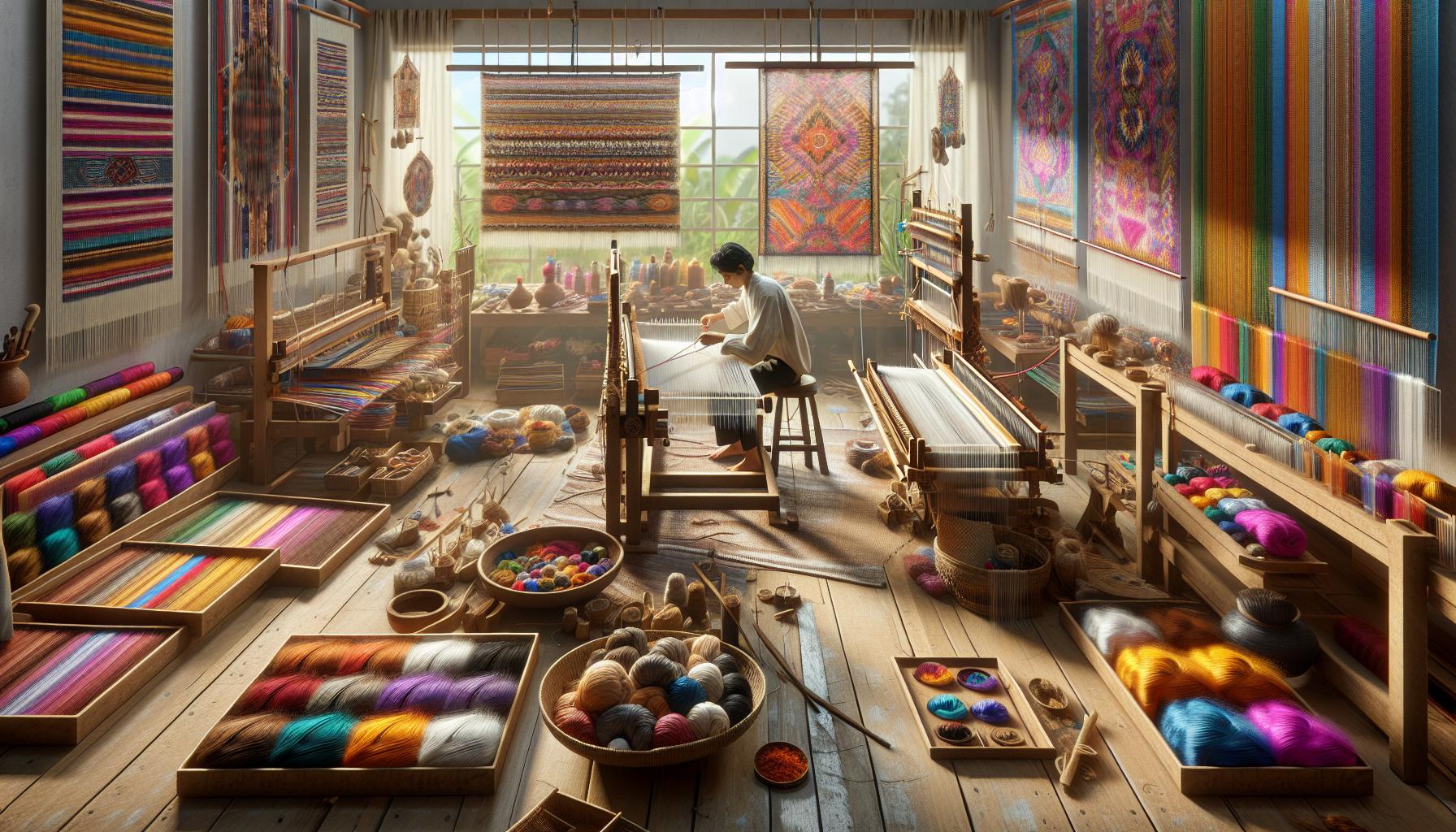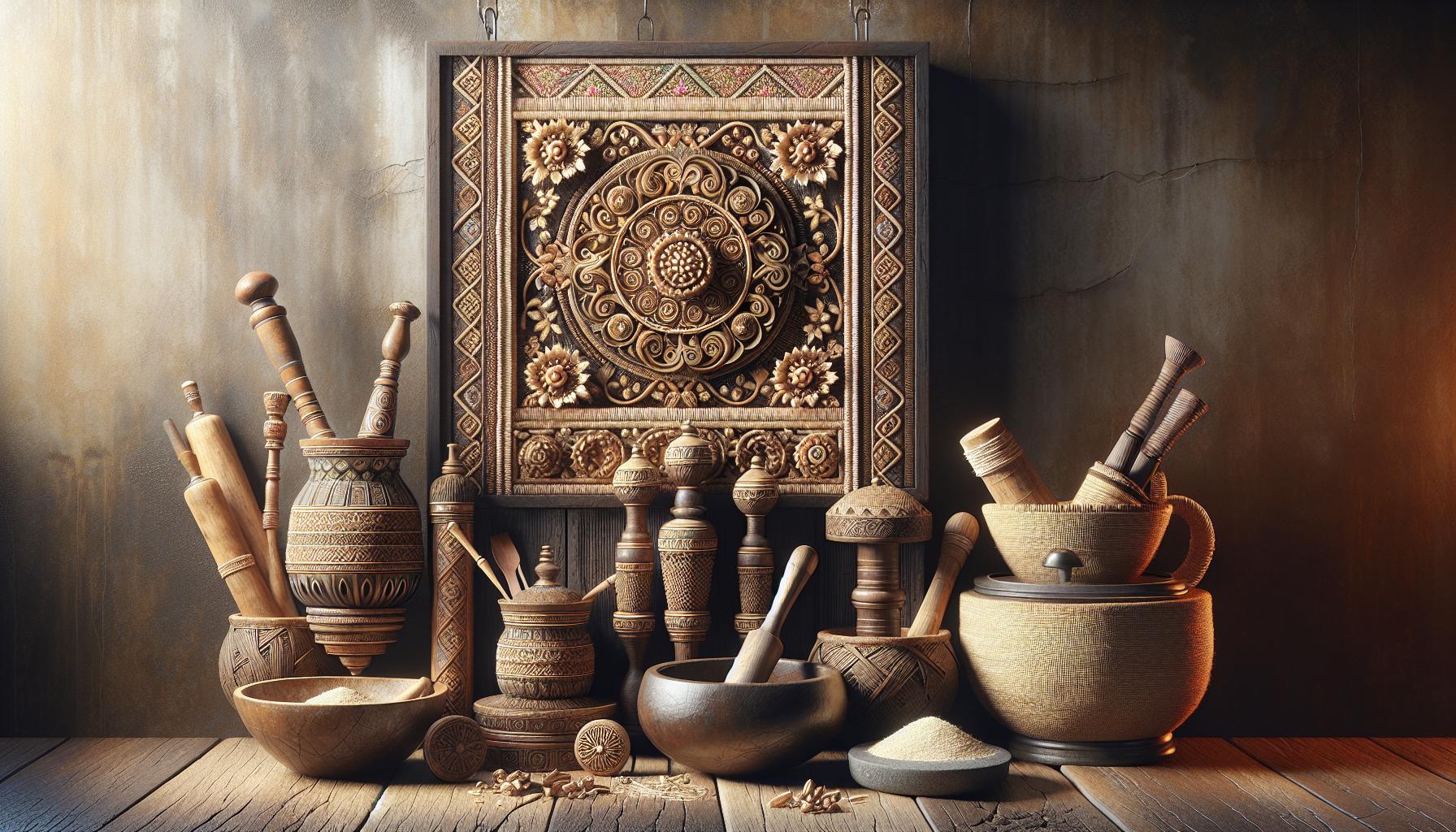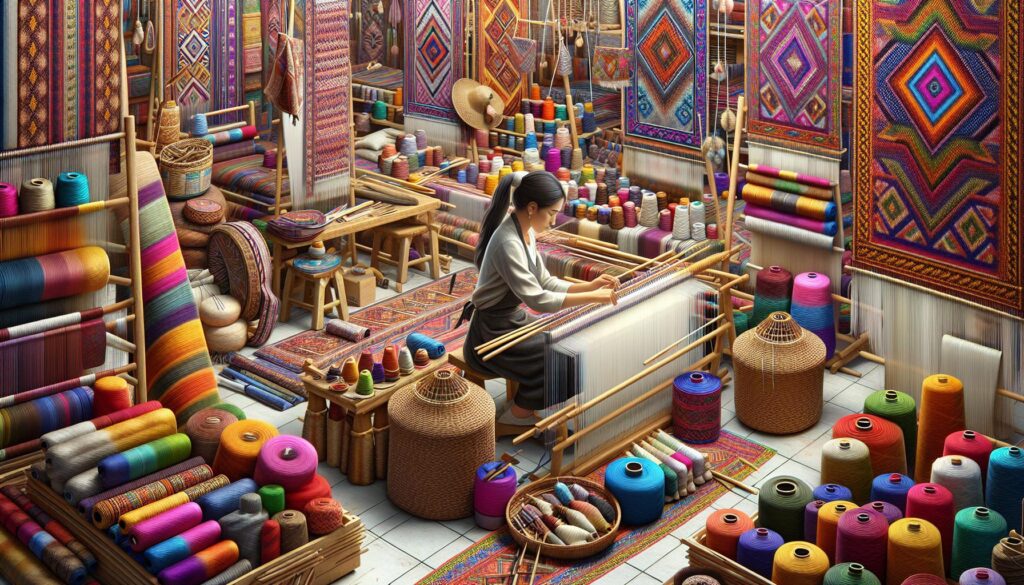Charutbaye, a lesser-known gem in the world of traditional crafts, captivates with its intricate designs and rich cultural heritage. Originating from a unique blend of artistry and functionality, this craft showcases the skill and creativity of artisans who pour their heart into every piece. As interest in sustainable and handmade products grows, charutbaye is gaining recognition for its eco-friendly materials and timeless appeal. Each item tells a story, reflecting the traditions and values of the community it comes from. Exploring charutbaye not only offers a glimpse into a fascinating craft but also supports the preservation of cultural identity in an ever-changing world.
Charutbaye
Charutbaye represents a traditional craft rich in artistry and cultural heritage. Developed uniquely within specific communities, it serves as a testament to the skills and dedication of artisans.
Historical Background
Charutbaye traces its origins back several centuries, evolving through various cultural influences. Historically, artisans utilized techniques passed down through generations, ensuring the craft remained integral to community identity. Each piece reflects local resources and traditional practices, marking significant societal milestones. Documentation and oral histories support its legacy, confirming charutbaye’s role in cultural preservation.
Cultural Significance
Charutbaye holds immense cultural significance in the communities where it thrives. The craft embodies traditional values, representing craftsmanship and local heritage. Production techniques often involve collaborative efforts, fostering community bonds. Charutbaye also features in rituals and celebrations, showcasing its importance in daily life. The increasing global interest in handmade products reaffirms its relevance, creating opportunities for artisans to promote their cultural narratives.
Characteristics of Charutbaye

Charutbaye exhibits distinctive features that highlight its cultural significance and artistic craftsmanship. The craft encompasses a variety of elements that contribute to its uniqueness and appeal.
Physical Attributes
Charutbaye pieces display intricate designs that often include geometric patterns and vibrant colors. Artisans utilize locally sourced materials, such as natural fibers and dyes, emphasizing sustainability. Each item demonstrates a blend of functionality and aesthetics, integrating traditional techniques with modern sensibilities. Varying sizes and shapes enhance the versatility of charutbaye, making it suitable for both decorative and practical uses. The craftsmanship showcases meticulous attention to detail, with artisans dedicating substantial time to ensure quality and durability.
Taste Profile
Charutbaye predominantly features tactile elements rather than an edible nature, so its taste profile pertains to the sensory experience rather than flavor. The materials used, often textured and vivid, engage the sense of touch and sight, delivering satisfaction through visual appeal and functional design. The intricate craftsmanship invites admiration and appreciation, enhancing the overall experience of owning or interacting with charutbaye. This sensory engagement adds depth to the appreciation of the craft, reinforcing its cultural context and heritage.
Preparation Methods

Preparation methods for charutbaye encompass traditional recipes and modern variations that highlight the craft’s adaptability and cultural significance.
Traditional Recipes
Traditional recipes for charutbaye focus on techniques developed through generations. Artisans utilize locally sourced materials, such as natural fibers, dyes, and wood. Common materials include cotton, jute, and bamboo. The process begins with selecting quality resources, emphasizing sustainability. Artisans then engage in meticulous weaving methods, often using handlooms or simple tools. Color application frequently involves natural dyes extracted from plants or minerals, enhancing each piece’s visual appeal while respecting environmental practices. The final assembly showcases intricate designs, embodying cultural stories and meanings.
Modern Variations
Modern variations of charutbaye incorporate contemporary materials and innovative techniques. Artisans blend traditional craftsmanship with modern design elements, expanding the functional use of each piece. Examples include the integration of synthetic fibers and eco-friendly plastics. These innovations allow for unique textures and enhanced durability. Current trends also embrace diverse design styles, appealing to global aesthetics while maintaining cultural integrity. The combination of historical methods and modern influences contributes to the evolving narrative of charutbaye, attracting a wider audience and reflecting changing consumer preferences.
Nutritional Benefits

Charutbaye offers various nutritional benefits that contribute to a healthy lifestyle. The components used in this traditional craft promote overall well-being, highlighting its significance not just as an art form but also as a source of nourishment.
Health Advantages
Charutbaye often features ingredients rich in essential nutrients. Many components, such as jute and bamboo, are known for their fiber content, aiding digestion and supporting gut health. Regular consumption of fiber-rich foods can help maintain healthy cholesterol levels and regulate blood sugar. Additionally, the use of natural dyes and locally sourced materials ensures fewer chemicals and additives. This commitment to sustainability reflects the broader health-conscious trend in food choices, enhancing the craft’s appeal.
Culinary Uses
Charutbaye serves as a foundation for various culinary applications. While primarily recognized for its artistic and cultural significance, charutbaye components can be utilized in preparing traditional dishes. For instance, jute leaves may be incorporated into salads or soups, providing essential vitamins and minerals. Furthermore, bamboo shoots are a popular ingredient in many cuisines, delivering a crunchy texture and unique flavor profile. By integrating these elements into meals, individuals can explore the connectivity between culinary traditions and their nutritional benefits.
Charutbaye stands as a vibrant symbol of cultural heritage and artistic expression. Its intricate designs and sustainable materials reflect a deep connection to community values and traditions. As global interest in handmade crafts continues to rise, charutbaye offers artisans a platform to share their stories while preserving their unique identity. The craft’s adaptability ensures it remains relevant in modern markets, appealing to consumers who appreciate both aesthetics and functionality. By embracing both traditional and contemporary techniques, charutbaye not only enriches everyday life but also nurtures a healthier lifestyle through its natural components. This timeless art form is more than just a craft; it’s a living testament to the resilience and creativity of the communities that uphold it.
